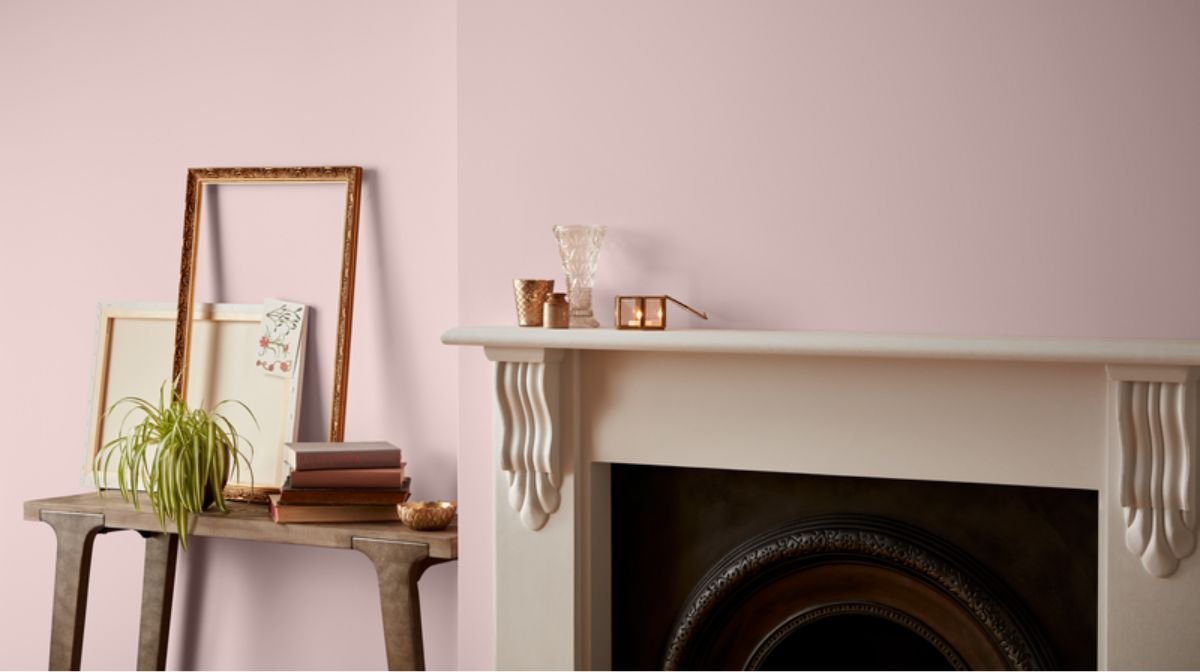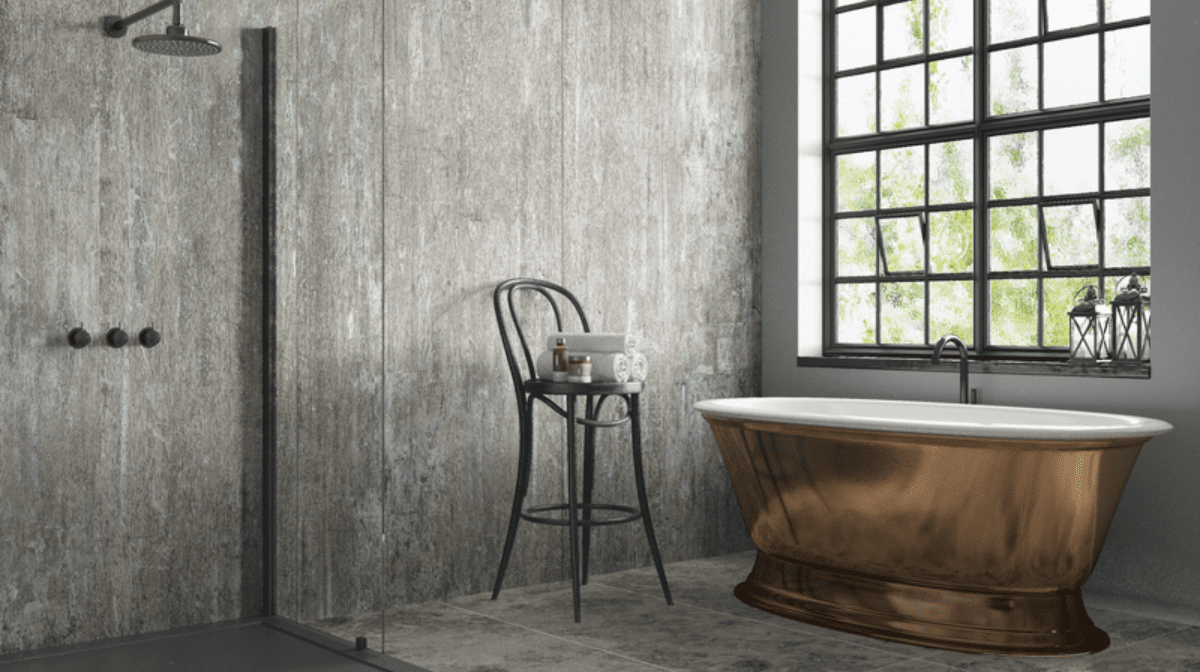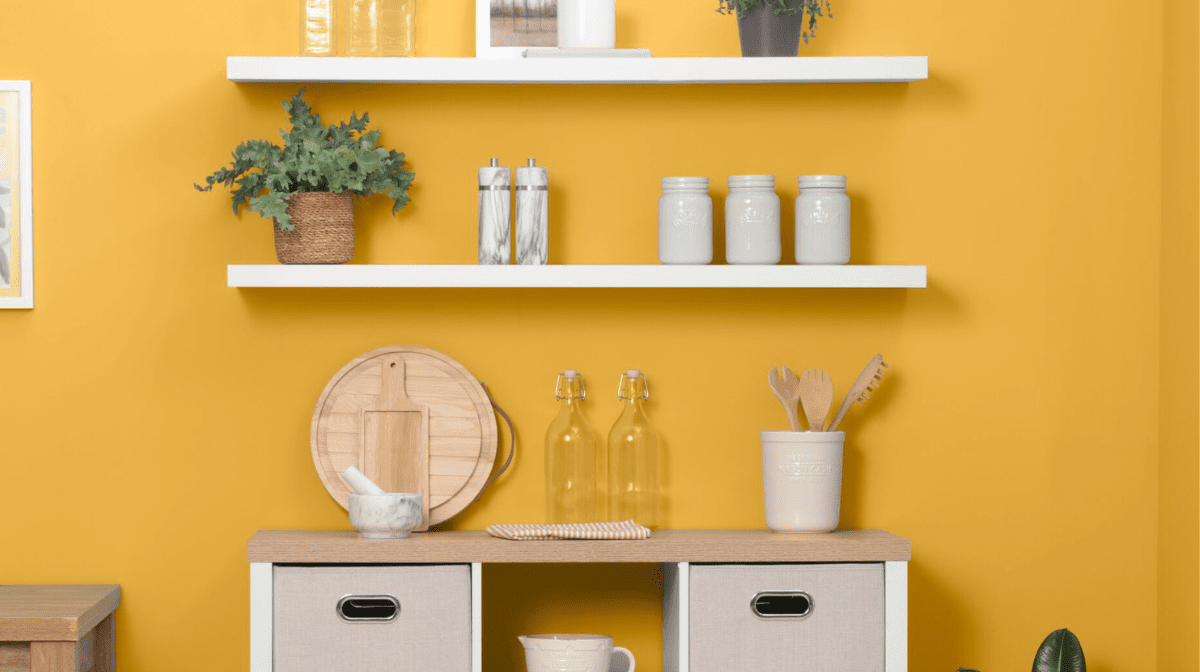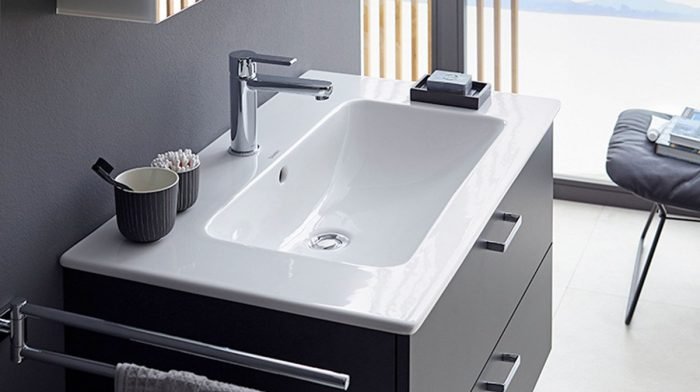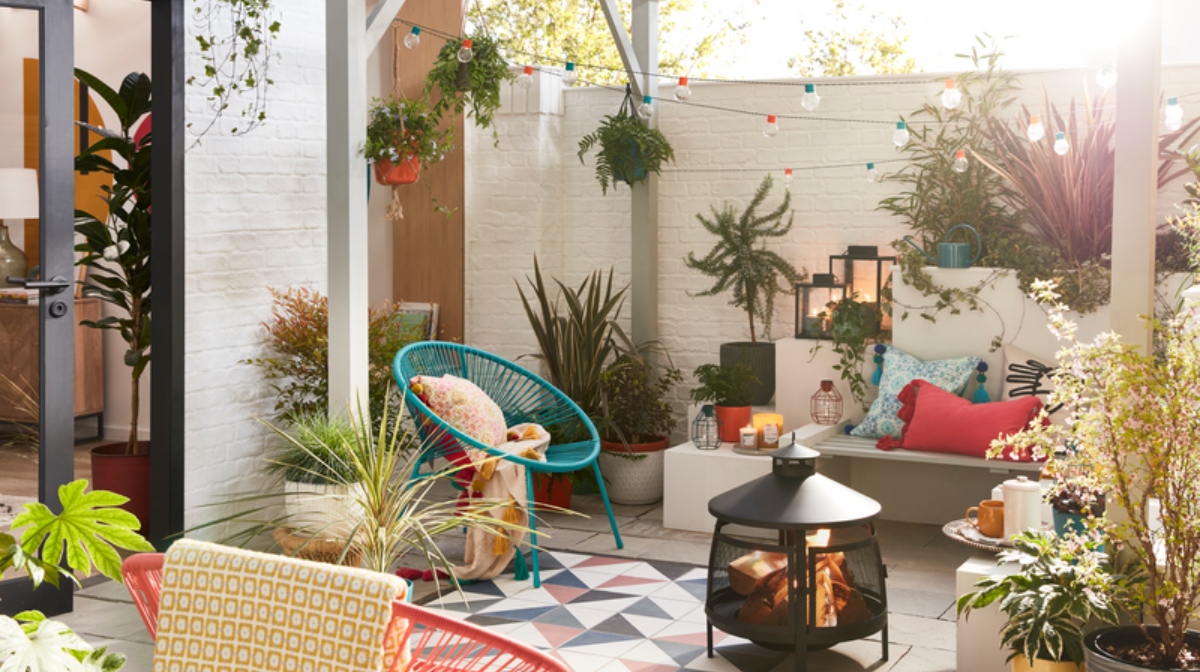Mould can be seriously damaging, not only to your walls and the appearance of your home, but also to your health. We’re here to help you prevent these hazards in your home. Anti-mould paint provides a simple and effective way to stop mould growing on walls. Don’t wait until it becomes a problem – taking preventative measures can avoid the stress, work and potential hazard of treating or removing mould that’s already grown.
This article provides a step-by-step guide on how to use anti-mould paint along with our best painting, prepping and aftercare tips.
What you’ll need:
- Dust sheet
- Anti-mould paint
- Paint rollers or brushes
- Paint tray
- Masking tape (if necessary)
